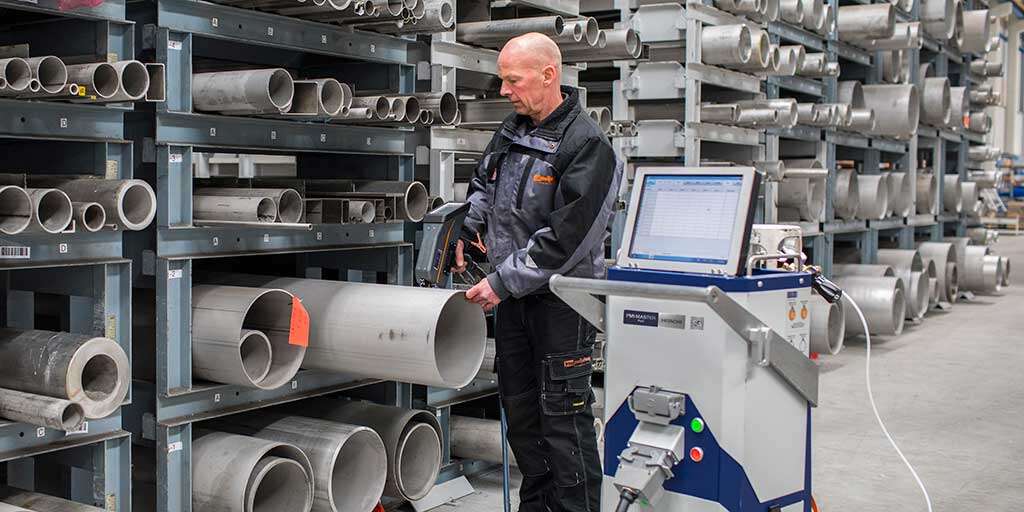Positive Material Identification (PMI) is being increasingly used by companies to quickly and accurately determine the chemical composition of the materials they work with every day. From automotive to petrochemicals, companies all over the world are seeing efficiency and safety gains from being able to verify the exact composition of the parts that make up their systems and the material that they produce and buy-in.
There is a range of technological options for companies to choose from based on what they need their instrument to do or what they are looking to analyze. X-ray fluorescence analysis (XRF), optical emission spectroscopy (OES) and laser-induced breakdown spectroscopy (LIBS) all have their own benefits.

The PMI instrument you choose will likely be part of your operations for a long time, so it’s important not to rush into a purchase. Here are some things to consider before you decide on an option.
If measuring alloys is your only requirement, then you will be able to make use of an analyser that has any of three technologies; LIBS, OES and XRF. If you will need to analyze other materials like plastics, slags, powders, ceremics, rubber and wood in additional to alloys, you will be limited to XRF as it’s the only technology capable of dealing with the vast majority of solid sample types.
For some operations, it’s not important that the sample is preserved in the exact state it was in before the testing. If you need a completely non-destructive testing technique, then XRF is your best option. A LIBS analyzer will leave a small burn mark that is usually so small it’s hard to see with the naked eye whilst OES will leave a burn mark often seen as a quality guarantee stamp.
If you deal with a variety of special alloys and want to be able to detect a large variety of uncommon alloys, then XRF is the recommended technology as it can be fundamental parameter (FP) calibrated; it can be calibrated empirically too. LIBS and OES can only be calibrated empirically and therefore aren’t suitable for dealing with uncommon samples.
If you’re checking thousands of samples each day then LIBS is the preferred option so long as it meets the required analytical performance; due to its one second analysis. Otherwise, you should go with a handheld XRF analyzer.
An OES instrument is the only option if you need to analyze elements like lithium, carbon, nitrogen and boron. If you’re going to be primarily testing aluminium samples, all three of the technologies are capable, but which is suited to your operations will be based on other factors like volume, safety, limit of detection and accuracy requirements.
But, if the sulfur and phosphorus content of the steels you use is your primary concern, you will need either XRF or OES as LIBS cannot detect these elements.
If you need to analyze tool steels and low alloy steels accurately, even the low-level alloying elements, OES will be your best option as it provides the high accuracy chemistry and the lowest detection limits needed. XRF is also capable of providing excellent results. LIBS is effective for sorting alloy groups but some low level alloying elements might be close to its detection limits
Your choice of PMI instrument needs to be a process of matching an instrument to your operations, not the other way around. Hitachi High-Tech’s range of PMI instruments is built on a foundation of matching analysis solutions to industry requirements. Whatever your needs and whatever the environment you work in, there will be an instrument that can fit into your operations without disruption.
To book a demo of any of our PMI instruments or to talk to a member of our expert team about your analysis needs, get in touch today.
Get In Contact